________________________________________________________________________________
Ford 1620 Troubleshooting
Ford 1620 Engine Troubleshooting
Engine starts hard or will not start: Fuel filter element is dirty. Filter maintenance required. Air in fuel system. Bleed fuel system. Clogged or defective injection nozzles. Check injection nozzles and replace if required. Fuel injection pump damage. Rebuild or change fuel pump.
Engine shuts off suddenly during operation: Incorrect adjustment of fuel injection pump timing. Adjust as recommended. Fuel filter plugged. Clean or replace the filter. Engine is cold. Engine is not warmed up to the required temperature.
Diesel starts and then shuts off: Clogged fuel filter. Service or replace the filter. Fuel injection pump is faulty. Replacement or repair required. Clogged air filter. Service or replace the air filter.
Engine is overheated: Radiator fins are clogged or radiator cap is faulty. Change cap or clean radiator. Engine has a lack of coolant. Fill radiator to proper level and check components for faults. Broken or loose fan belt. Belt replacement is recommended. Lack of engine oil. Fill up the engine oil.
Diesel engine is losing power: Fuel injection nozzles are faulty or clogged. Inspect nozzles and replace if necessary. Fuel lines or hoses are clogged. Service fuel lines and hoses. Dirty air filter. Air filter maintenance required. Cylinder-head gasket is broken. Replace the gasket as required.
Abnormal engine knocking or noise: Engine is cold. Normalize the temperature by warming up the engine. Engine oil level is insufficient. Fill up the engine oil. Fuel injection pump timing is wrong. Set up as recommended. Piston wear or scoring. Replace the pistons. Connecting rod is not aligned or worn. Align or change connecting rod.
Engine stalls at idle: Too low idle RPM. Correct the settings. Incorrect valve clearance. Adjust valve clearance. Fuel injection pump is not working correctly. Install a new pump or rebuild.
Insufficient oil pressure: Not enough oil in the engine. Add oil to the engine crankcase. Oil pump is damaged. Install a new pump. Oil filter element is dirty. Clean or change engine oil filter.
Ford 1620 Hydrostatic Transmission Troubleshooting
Hydrostatic transmission noises: Speed control linkage is defective or unadjusted. Adjust or repair linkage. Transmission overload. The load should be reduced. Contaminated transmission fluid or low fluid level. Fill to required level or change the fluid. Defective relief valve. Change relief valve. Transmission parts are worm or defective. After disassembly and inspection, replace defective components.
Transmission oil overheated: Transmission overload. Load needs to be reduced. Damaged or clogged cooling components. Check all cooling components and clean or replace if required. Low oil level. Fill the transmission housing with oil. Dirty transmission oil filter element. Service or change transmission oil filter.
Loss of power: Insufficient transmission fluid. Checking transmission fluid level and add if necessary. Relief valve malfunction. Replace valve as required. Speed control linkage is worn or unadjusted. Adjust or install new linkage.
Transmission oil leakage: Clogged transmission fluid return pipe. Clean or change return pipe. Seals or gaskets are worn. Seals and gaskets replacement required. Internal transmission housing pressure is too high. Check transmission parts for damage or wear and replace if required.
Ford 1620 Hydraulics Troubleshooting
Hydraulic system is too hot: Improper type of hydraulic fluid. The correct type of fluid must be used. Hydraulic fluid contamination. Change hydraulic fluid. Air trapped in hydraulic system. Bleed air from system. Main relief valve is defective. Install a new relief valve.
Hydraulic oil pressure is insufficient: Low hydraulic fluid level. Checking hydraulic fluid level and add if necessary. Hydraulic oil filter element is clogged. Clean or replace the hydraulic filter. Leaks in hydraulic lines. Check the hydraulic system and fix leaks. Not adjusted hydraulic control valve. Need to adjust. Hydraulic pump malfunction. Replace or repair hydraulic fluid pump. Hydraulic cylinder is defective. Install a new hydraulic cylinder or repair it.
Hitch not lifting or hitch lifts slowly: Faulty hydraulic pump. Change or repair hydraulic oil pump. Main relief valve malfunction. Change relief valve. Hydraulic spool valve is defective. Repair or replace hydraulic valve. Faulty hydraulic cylinder. Change or repair hydraulic cylinder. Low hydraulic fluid level. Fill up the hydraulic fluid. Hydraulic fluid filter element is clogged. Change hydraulic filter element or clean if necessary. Excessive loading on the hitch. Reduce loading.
Three-point hitch cannot be dropped or dropping is too slow: Faulty hydraulic cylinder. Install a new hydraulic cylinder or repair it. Hydraulic control valve block is out of adjustment. Control valve needs to be adjusted. Worn lift arm shaft. Change the shaft. Misadjusted hitch. Need to make adjustments.
Hitch lift or drop is not smoothly: Hydraulic oil contamination. Change the oil. Hydraulic pump is defective. Change or repair hydraulic oil pump. Air trapped in hydraulic system. Bleed air from system. Damaged hydraulic control valve. Change or repair hydraulic valve. Broken hydraulic cylinder. Repair or replace hydraulic cylinder.
Ford 1620 Steering System Troubleshooting
Excessive play in steering: Steering column shaft or coupling has maximum wear. Change defective component. Hydraulic steering pump is defective. Install a new steering pump. Loose or worn steering linkage parts. Change or repair steering linkage. Power steering control unit has wear or malfunction. Inspect and change as required.
Steering is difficult: Air in steering hydraulic system. Air-bleed steering system. Steering filter is dirty. Clean or change it. Lack of steering oil. Fill the steering system with oil. Power steering control unit is damaged or worn. Repair or change the steering unit. Steering pump is worn. Check the hydraulic steering pump and change if necessary. Stuck or faulty steering pump control valve. Replace or clean flow control valve. Improperly mounted or worn steering column. Mount the steering column as required or change it. Front tyres wear unevenly. Change the tyres. Not adjusted toe-in. Adjust toe-in properly. Steering cylinder leaks. Replace worn seal sleeves or damaged piston rod.
Tractor is pulling to left or right: Power steering control unit is damaged or worn. Repair or replace the steering unit. Steering cylinder is worn. Repair or replace steering cylinder. Not adjusted toe-in. Adjust toe-in wheels. Loose or worn steering linkage components. Check and change as required. Defective or improperly adjusted front wheel bearings. Adjust correctly or replace bearings. Front tyres wear unevenly. Change the tyres.
Ford 1620 Electrical Troubleshooting
Battery will not charge: Electrical wire connections are loose or corroded. Tighten or clean electrical wiring connections. Electrical terminal connectors are defective. Change terminal connectors. Defective battery. Use a new battery. Defective or loose belt. Replace belt or adjust belt tension.
Starter motor turns slow: Battery voltage is low. Low battery charging, charge as required. Battery will not hold charge. Battery needs service or replacement. Corroded battery terminals or disconnected wires. Check wiring and clean or replace terminals.
Starter motor won't turn: Battery is discharged or defective. Charge or change the battery. Battery cables are disconnected or incorrectly connected. Check cables and connect as needed. Battery capacity is low. Recharge the battery. Starter motor is faulty. Starter needs to be replaced.
________________________________________________________________________________
________________________________________________________________________________
________________________________________________________________________________________
________________________________________________________________________________________
________________________________________________________________________________________
| FORD TRACTORS SPECIFICATIONS |
________________________________________________________________________________________
________________________________________________________________________________________
________________________________________________________________________________________
________________________________________________________________________________________
________________________________________________________________________________________
________________________________________________________________________________________
________________________________________________________________________________________
________________________________________________________________________________________
| FORD FRONT END LOADERS SPECIFICATIONS |
________________________________________________________________________________________
________________________________________________________________________________________
________________________________________________________________________________________
________________________________________________________________________________________
| FORD TRACTORS TROUBLESHOOTING | ||||
| 1710 | 1900 | 2120 | 2600 | 3600 |
| 3930 | 4100 | 4630 | 5600 | 5640 |
| 6410 | 6610 | 6640 | 6710 | 6810 |
| 7610 | 7740 | 7810 | 8210 | 8240 |
| 8630 | 8830 | 8770 | TW30 | TW35 |
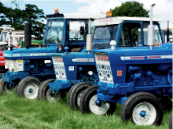 FARM TRACTORS
FARM TRACTORS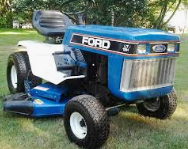 LAWN TRACTORS
LAWN TRACTORS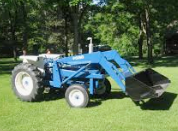 LOADERS
LOADERS PROBLEMS
PROBLEMS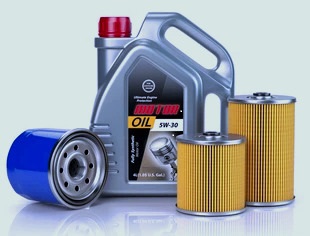 MAINTENANCE
MAINTENANCE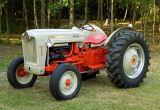 640
640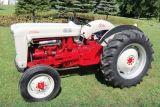 850
850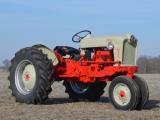 950
950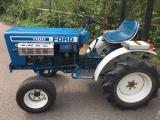 1100
1100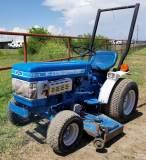 1210
1210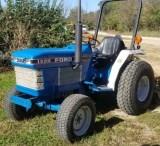 1320
1320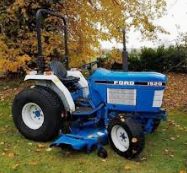 1520
1520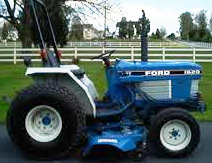 1620
1620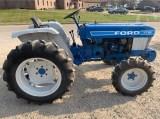 1710
1710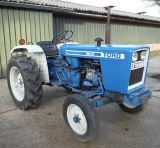 1900
1900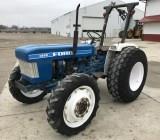 1910
1910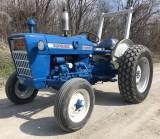 2000
2000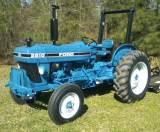 2810
2810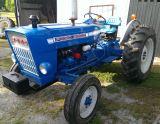 3000
3000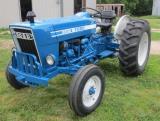 3600
3600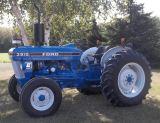 3910
3910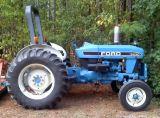 3930
3930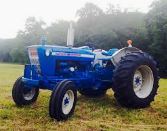 4000
4000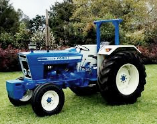 4600
4600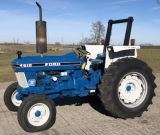 4610
4610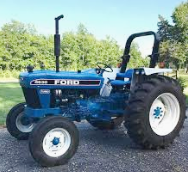 4630
4630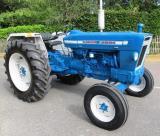 5000
5000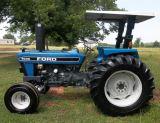 5030
5030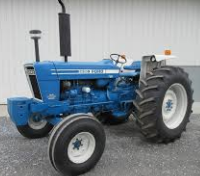 5600
5600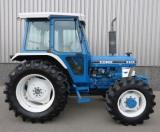 5610
5610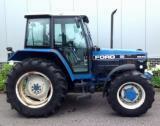 5640
5640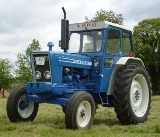 6600
6600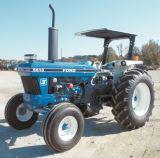 6610
6610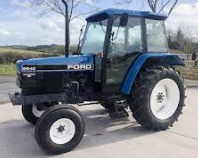 6640
6640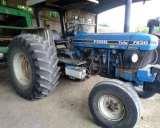 7630
7630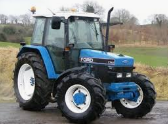 7740
7740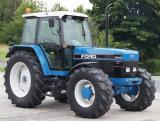 7840
7840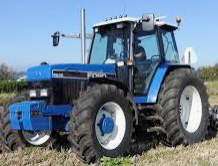 8240
8240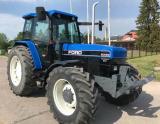 8340
8340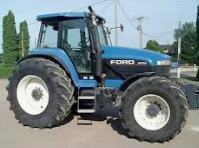 8770
8770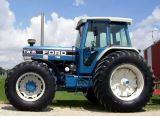 TW-15
TW-15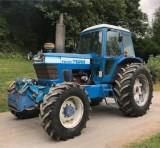 TW-20
TW-20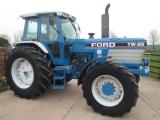 TW-25
TW-25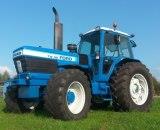 TW-30
TW-30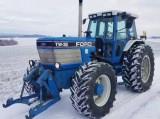 TW-35
TW-35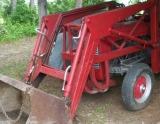 19-97 (703)
19-97 (703)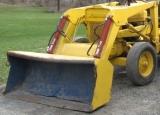 730
730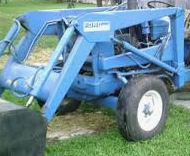 735
735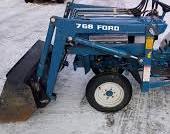 768
768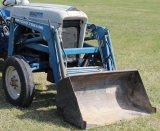 768A
768A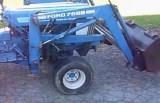 768B
768B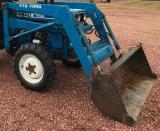 770
770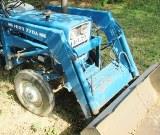 770A
770A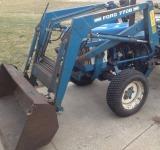 770B
770B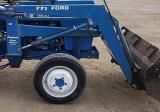 771
771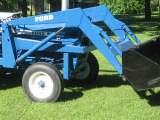 772
772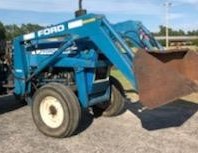 772A
772A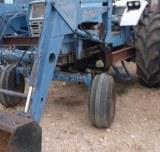 773
773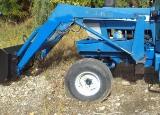 774
774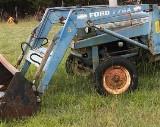 776A
776A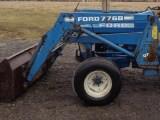 776B
776B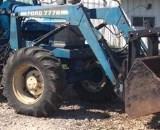 777B
777B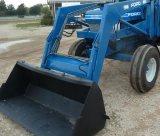 777D
777D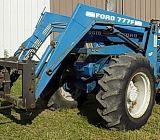 777F
777F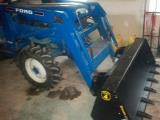 7308
7308